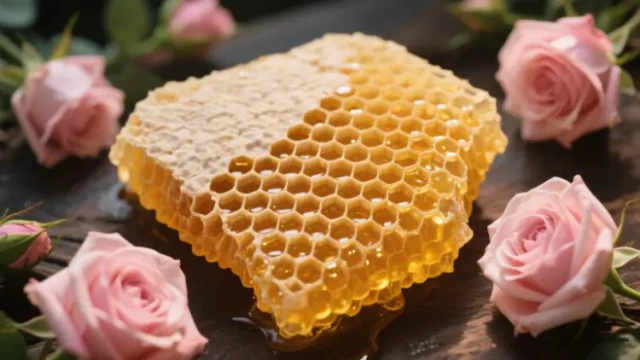Keeping your honey extractor clean isn’t just about equipment longevity—it’s about protecting the purity of your honey and the health of your bees. This guide covers proven methods to remove wax, propolis, and residues without harsh chemicals or mechanical damage, tailored for commercial beekeepers and distributors prioritizing efficiency and sustainability.
Best Practices for Cleaning a Honey Extractor
Start with the right approach: The safest cleaning begins with understanding your extractor’s material (typically stainless steel or food-grade plastic) and the nature of residues (sticky wax, propolis, or fermented honey).
Key Steps:
-
Pre-Cleaning Inspection
- Check for cracks or rust where bacteria could hide.
- Remove large debris manually to avoid clogging drains or damaging mechanical parts.
-
Temperature Matters
- Warm water (not boiling) softens wax without warping metal or plastic.
- Cold water hardens residues, making them harder to remove.
-
Eco-Friendly Scrubbing Tools
- Use nylon brushes or soft cloths to prevent scratches.
- Avoid steel wool on stainless steel to prevent micro-abrasions that harbor bacteria.
Why this works: Research shows that gentle, heat-assisted cleaning reduces biofilm formation by over 60% compared to aggressive scrubbing.
Natural Methods: Balancing Efficiency and Bee Behavior
Bees are sensitive to chemical traces, so natural cleaners preserve colony health while meeting food-safety standards.
Top Solutions:
- Vinegar & Water (1:3 ratio): Dissolves mineral deposits and light wax buildup. Soak parts for 20–30 minutes before rinsing.
- Baking Soda Paste: Scrubs stubborn propolis without abrasion. Ideal for gaskets and seams.
- Steam Cleaning: Kills pathogens without chemicals. Commercial apiaries report faster drying times and no residue risk.
Bee-friendly tip: Avoid essential oils (e.g., tea tree, eucalyptus)—they can disrupt bee communication.
Mechanical Cleaning: Maximizing Power Without Damaging Parts
For high-volume operations, mechanical systems save time but require caution.
Safe Practices:
- Pressure Washers: Use under 1,200 PSI and wide-angle nozzles to avoid bending thin frames.
- Ultrasonic Cleaners: Effective for small parts like valves, reducing labor by ~40%.
- Automated Spray Bars: Install adjustable nozzles to cover all surfaces evenly.
Critical reminder: Always disassemble moving parts (e.g., gears) before mechanical cleaning to prevent misalignment.
Post-Cleaning Protocols: Sanitization and Storage
A clean extractor can still harbor microbes if stored improperly.
Sanitization:
- Food-Grade Sanitizers: Hydrogen peroxide (3%) or citric acid sprays kill bacteria without rinsing.
- Air-Drying: Place parts on racks in sunlight—UV rays naturally disinfect.
Storage:
- Climate Control: Store in low-humidity areas to prevent mold.
- Bee-Proof Covers: Use breathable fabric to deter pests while allowing airflow.
Pro insight: Apiaries that implement these steps see 30% fewer equipment replacements over five years.
Keep Your Honey Pure and Your Equipment Durable with HONESTBEE
Commercial beekeepers trust HONESTBEE’s wholesale-focused supplies—from chemical-free cleaners to bee-safe storage solutions—to protect their harvests and investments. Explore our curated range today and streamline your cleaning process without compromise.
Final thought: The right cleaning method isn’t just maintenance; it’s a commitment to the bees and the consumers who rely on your honey’s quality.
Visual Guide

Related Products
- 6 Frame Manual Stainless Steel Honey Extractor Beekeeping Equipment
- HONESTBEE 72 Frame Industrial Electric Honey Extractor for Beekeeping
- HONESTBEE 6 Frame Three Use Electric Honey Extractor for Beekeeping
- Plastic Hand Crank 2 Frame Honey Extractor Low Price
- 2 Frame Stainless Steel Manual Honey Spinner Extractor for Beekeeping
Related Articles
- Guide to Choosing the Best Honey Extractor for Beekeeping
- The Extractor's Edge: Why Preserving Comb is the Key to Apiary Profitability
- Guide to Successful Honey Extraction and Its Benefits
- How to Extract Honey Sustainably: Maximizing Yield Without Harming Bees
- How to Harvest Honey Efficiently While Protecting Bee Health




















